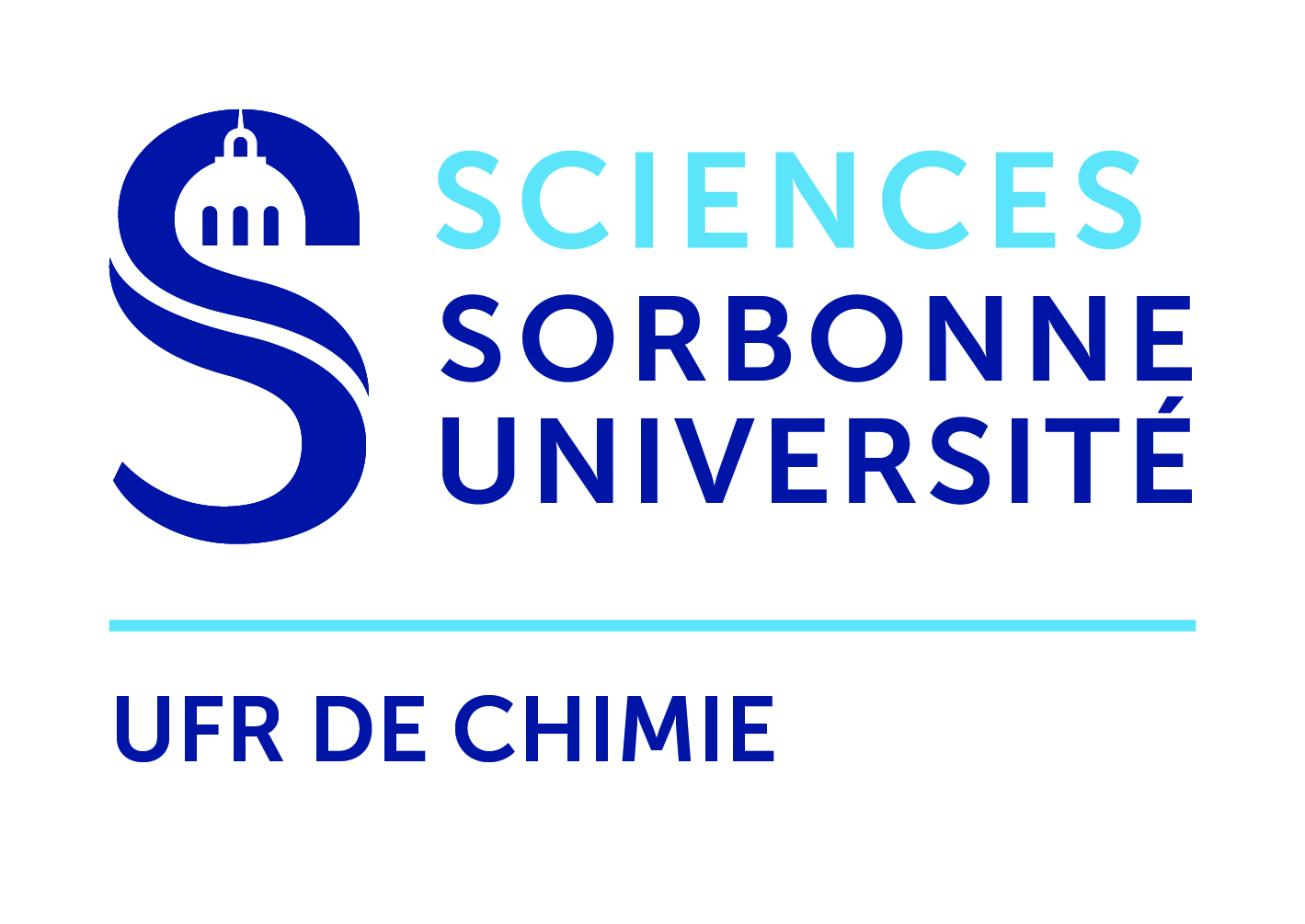Production of Bioelectricity from Chlamydomonas reinhardtii Microalgae and Quinones
Production de bioélectricité à partir de microalgues Chlamydomonas reinhardtii et de quinones
Résumé
The idea of using the photosynthetic chain as a converter of light into electricity is a hopeful way of switching to environmentally-friendly energies adapted to human needs. In this respect, there are two approaches: either by building on the principle of photosynthesis and creating a solar cell ex nihilo, or by using living photosynthetic organisms and diverting the electron flow through the photosynthetic chain. This work focuses on the second possibility, using Chlamydomonas reinhardtii model microalgae. The idea is to use quinones as redox mediators, which can then act as electron shuttles between the algae and a collecting electrode. While quinones are indeed suitable for this role, a number of side effects appear to limit the performance of such a system in terms of photocurrent intensity and stability. This work will therefore focus on a structure-activity analysis of various quinones in relation to their photocurrent performance. Photocurrent, however, is only the observable of a global and complex phenomenon, and this is why, through two model quinones, the more specific interactions with the photosynthetic chain (PSII, PSI, ATPsynthase) but also the respiratory chain, will be studied and discussed.
La stratégie consistant à utiliser la chaîne photosynthétique comme convertisseur de la lumière en électricité est un espoir pour basculer vers des énergies adaptées aux besoins humains respectueux de l'environnement. A cet égard, il existe deux façons de procéder soit en s'inspirant du principe de la photosynthèse et créer ex nihilo une photopile soit en utilisant les organismes photosynthétiques vivants et en déviant le flux électronique parcourant la chaîne photosynthétique. Ce travail s'intéresse à la seconde option et met en jeu des microalgues modéles Chlamydomonas reinhardtii. L'idée est d'opérer en présence de quinones comme médiateurs redox qui peuvent alors jouer le rôle de navettes d'électrons entre les algues et une électrode collectrice. Si les quinones sont effectivement capables de jouer ce rôle, de nombreux effets indésirables semblent limiter les performances d'un tel système en termes d'intensité et de stabilité du photocourant. C'est pourquoi ce travail sera consacré à une étude de type structure-activité de différentes quinones en lien avec leurs performances de photocourant. Le photocourant n'est cependant que l'observable d'un phénomène global et complexe et c'est pourquoi, à travers deux quinones modèles, les interactions plus spécifiques avec la chaîne photosynthétique (PSII, PSI, ATPsynthase) mais aussi la chaîne respiratoire, seront étudiées et discutées.
| Origine | Version validée par le jury (STAR) |
|---|
